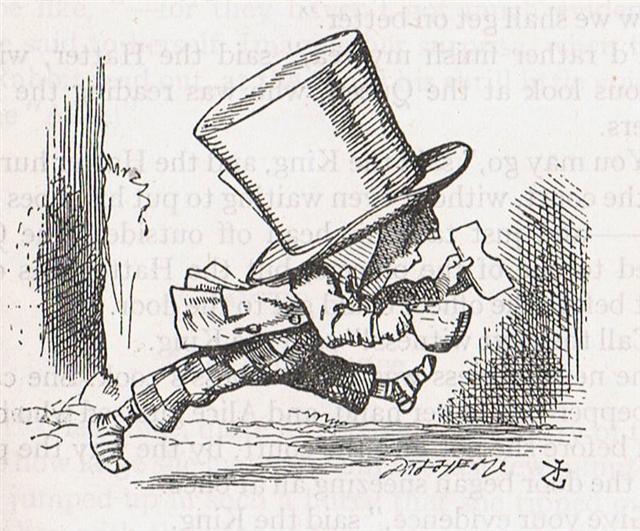1. The week is a structure which has Wednesday at its center, the place of importance. El Numero Uno is Mercury, in spite of his very low position. The chief god of the ancient pantheon in Scandinavia was Odin, whose name appears in a slightly different form as Wednes in Wednesday. In the Russian language odin means one. Let us look again at 'day one':
The koti sign in Hb9-36 has the sky dome posed in orderly fashion above, but the 'cup' is in disorder. In addition to an obvious allusion to the disorderly manner of Hiro we can imagine the cup to be the head of Spring Sun. It has just come off, it has become a coco:
Eating (kai) is used as a sign to indicate growth and proliferation, and it is a characteristic of the first 3 'days' of the 'week'. In Hb9-34 we can see a standing fully grown man (tagata) with a kai gesture, and it ought to mean that Spring Sun has reached to his full length. His gaping mouth seems to recur in the 'cup' at Hb9-36, and - we can guess - in the cup of the Mad Hatter (where it also reminds us of the smile of the Cheshire Cat):
"The identification of Woden, the highest god of the Germ. pantheon, with Mercury is shown in Tacitus' Germania ... OE. Wōden = OS. Wōden, OHG. Wuotan, ON. Óδin is referred to the base *wōd- be excited or inspired (whence OE. wōd, dial. wood mad) ..." (English Etymology) The excitement is due, I suggest, to what happens when such a great 'fire' as Spring Sun is decapitated with his head falling down into the 'sea'. Much turbulence must be the result: "... The Pythagoreans make Phaeton fall into Eridanus, burning part of its water, and glowing still at the time when the Argonauts passed by. Ovid stated that since the fall the Nile hides its sources. Rigveda 9.73.3 says that the Great Varuna has hidden the ocean. The Mahabharata tells in its own style why the 'heavenly Ganga' had to be brought down. At the end of the Golden Age (Krita Yuga) a class of Asura who had fought against the 'gods' hid themselves in the ocean where the gods could not reach them, and planned to overthrow the government. So the gods implored Agastya (Canopus, alpha Carinae = Eridu) for help. The great Rishi did as he was bidden, drank up the water of the ocean, and thus laid bare the enemies, who were then slain by the gods. But now, there was no ocean anymore! Implored by the gods to fill the sea again, the Holy One replied: 'That water in sooth hath been digested by me. Some other expedient, therefore, must be thought of by you, if ye desire to make endeavour to fill the ocean ..." (Hamlet's Mill) In our example text I think we can see 'bubbles' rising:
In the rongorongo system the light from fire is illustrated by 'feathers', while the light on the back side, the world of water, evidently is illustrated by 'bubbles':
|






